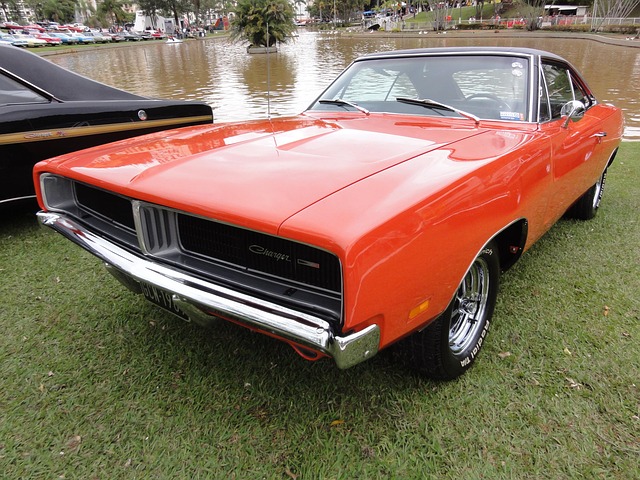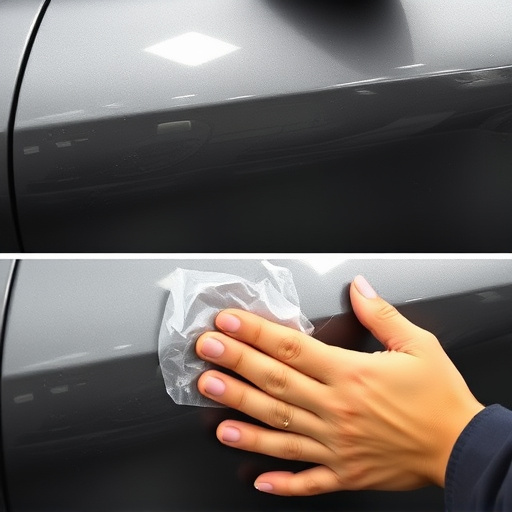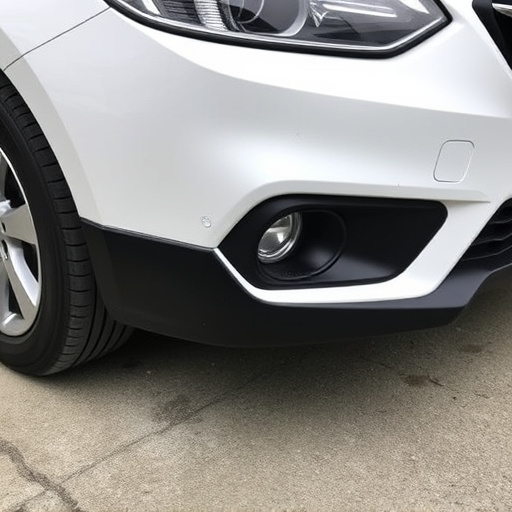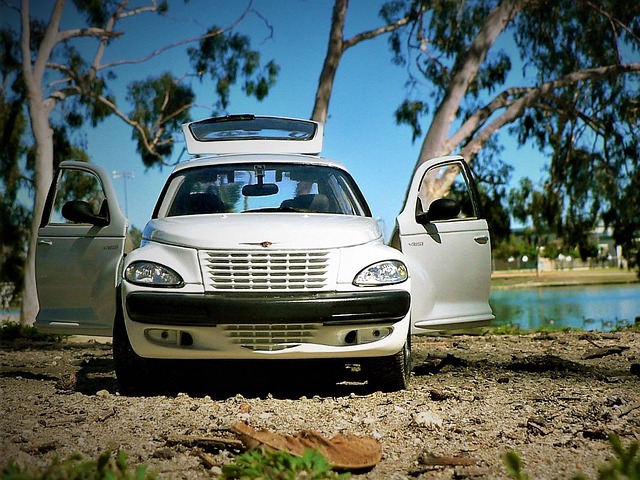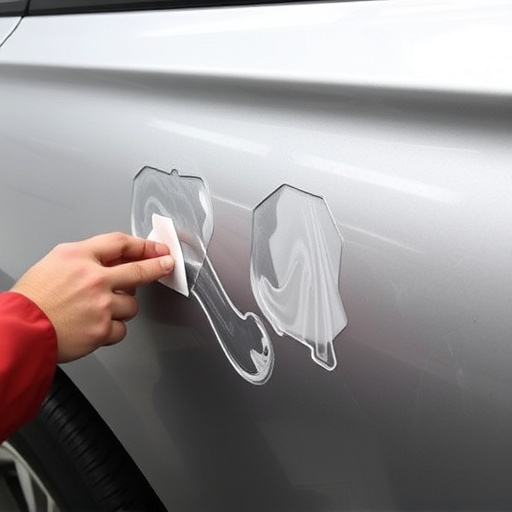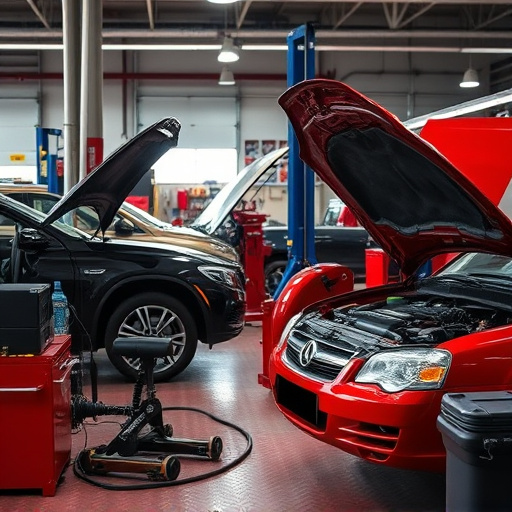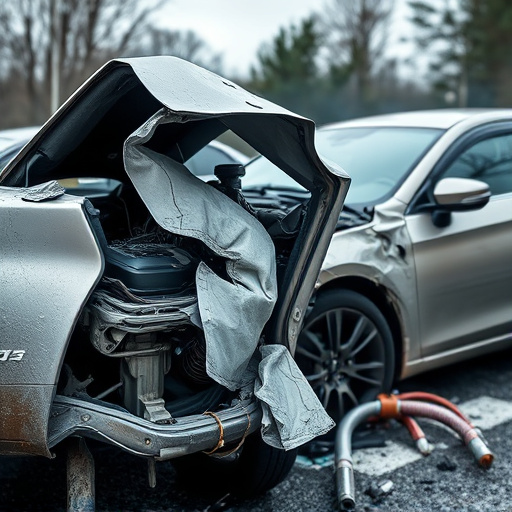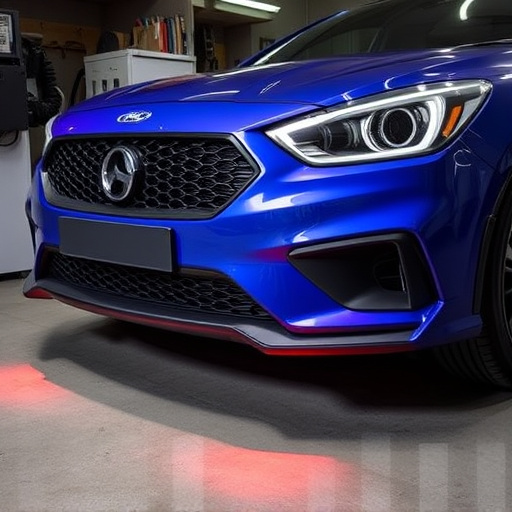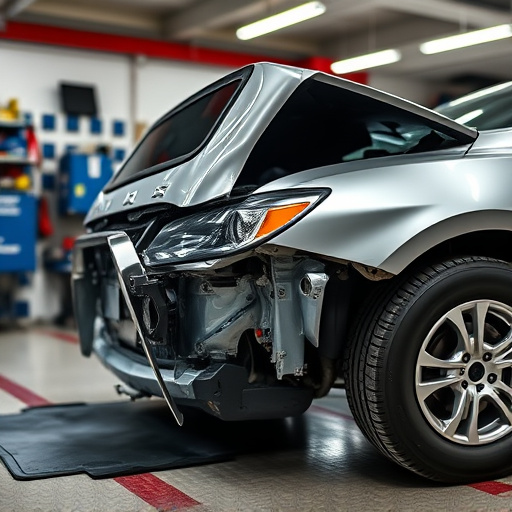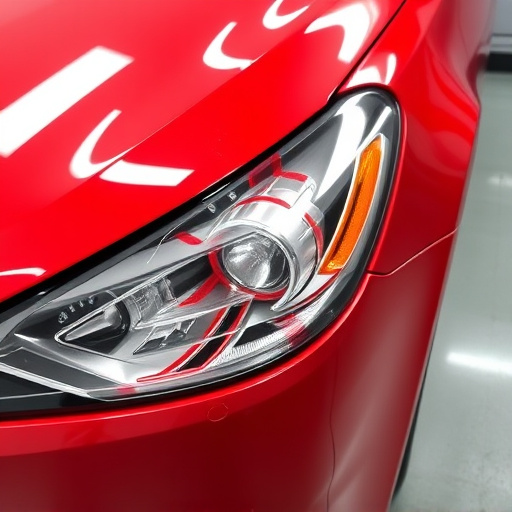Tesla's advanced airbag scanning systems, utilizing sensors and accelerometers, accurately detect and diagnose vehicle collisions. These systems communicate with control units to optimally deploy airbags and restrictors during crashes. Understanding these systems is crucial for Tesla repair technicians to interpret sensor readings correctly after any collision or bodywork services. Efficient repair processes centered around Tesla repair scanning are vital for maintaining safety standards, swiftly identifying issues within sensor systems and airbags, enhancing collision repair accuracy, minimizing downtime, and preserving critical safety features.
In today’s digital age, Tesla repair scanning has emerged as a game-changer in ensuring vehicle safety. This article delves into the intricacies of Tesla’s advanced airbag scanning systems and sensor technologies. We explore how these systems play a crucial role in detecting and diagnosing failures, particularly in modern Teslas. Additionally, we uncover efficient repair processes that enhance overall safety, providing valuable insights for both professionals and car enthusiasts alike. Understanding Tesla repair scanning is vital for navigating the complex landscape of electric vehicle maintenance.
- Understanding Tesla Airbag Scanning Systems
- Diagnosing Sensor Failures in Modern Teslas
- Efficient Repair Processes for Enhanced Safety
Understanding Tesla Airbag Scanning Systems

Tesla’s airbag scanning systems are a cornerstone of their safety technology, designed to detect and diagnose vehicle collisions efficiently. These advanced systems use a network of sensors strategically placed throughout the car, including impact sensors, accelerometers, and airbags themselves, to assess the severity and location of a crash. When triggered, the system rapidly communicates with other components, like the control unit, to deploy airbags and restrictors at the right moment for optimal protection.
Understanding how these systems work is crucial for Tesla repair technicians. During a collision, sensors record data that helps identify not just whether airbags need to be deployed but also the sequence in which they should be activated to minimize damage to occupants and maximize safety. This data is fed into the vehicle’s computer system, enabling fast decision-making. For instance, knowing how to interpret sensor readings accurately is vital for a technician performing a fender repair or broader car bodywork services, as it ensures that all airbag systems function properly after any vehicle collision repair.
Diagnosing Sensor Failures in Modern Teslas
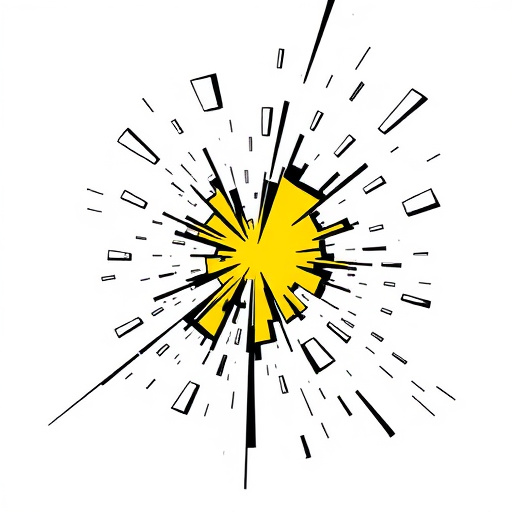
Diagnosing sensor failures in modern Teslas involves advanced diagnostic tools and a deep understanding of the vehicle’s intricate systems. With Tesla repair scanning, auto repair shops can efficiently detect issues within the airbag system and various sensors crucial for safety and performance. These scanners are designed to communicate with the car’s onboard computer, retrieving real-time data that helps identify faulty components.
Unlike traditional methods, modern sensor diagnostics go beyond simple visual inspections. It includes analyzing sensor signals, pressure readings, and electrical inputs to pinpoint problems accurately. For instance, a paintless dent repair might not be enough if a sensor is malfunctioning; the auto repair shop would need to address the root cause to ensure optimal car body restoration and maintain the vehicle’s safety features.
Efficient Repair Processes for Enhanced Safety

Efficient repair processes are paramount for maintaining safety standards in Tesla vehicles. When it comes to airbags and sensor systems, Tesla repair scanning plays a pivotal role in ensuring swift and accurate repairs. Advanced diagnostic tools enable technicians to identify issues promptly, leading to more effective collision repair and car bodywork restoration. This streamlined approach minimizes downtime and enhances overall vehicle performance, safeguarding the well-being of drivers and passengers.
By leveraging cutting-edge technology, Tesla repair scanning allows for precise pinpointing of malfunctioning components within the complex network of sensor systems. Such meticulous attention to detail is crucial in addressing potential safety hazards associated with airbag deployment. Efficient repair methods not only expedite the vehicle collision repair process but also contribute to preserving the integrity and reliability of the automobile’s critical safety features, ultimately fostering a sense of confidence among owners.
Tesla repair scanning for airbags and sensor systems is a crucial aspect of maintaining the safety and performance of modern electric vehicles. By utilizing advanced diagnostic tools, technicians can efficiently identify and rectify issues within these complex networks. This not only ensures the integrity of the vehicle’s safety features but also streamlines repair processes, allowing Tesla owners to get back on the road with peace of mind. Incorporating up-to-date scanning technologies is essential for keeping pace with the rapid advancements in automotive electronics.


